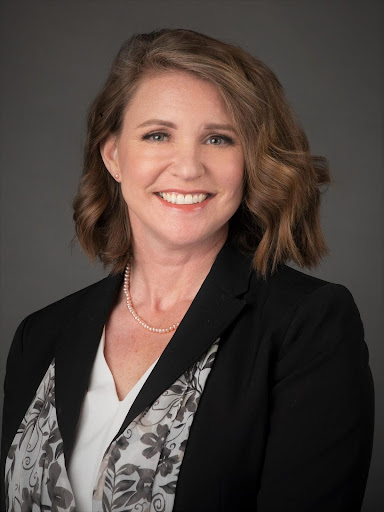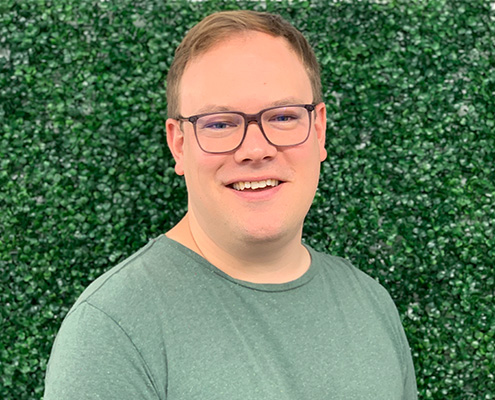VIA to expand proven quantum-resistant, passwordless technologies in defense and enterprise sectors
SOMERVILLE, Mass., March 18, 2025 – Via Science, Inc. (VIA), has raised a $28 million Series B investment to accelerate its high-security, easy-to-implement data and identity protection platform for governments and enterprises. Organizations concerned about data moving across network boundaries, insider threats, and quantum-resistance, benefit from VIA’s decentralized, zero trust architecture, rigorously tested by the U.S. Department of Defense.
VIA restricted this highly oversubscribed round to the most experienced and commercially relevant new investors, including Bosch Ventures (lead), BMW i Ventures, MassMutual Ventures, and Sentinel Global. The new investors joined Westly Group and select existing investors to make up the minority investment.
“Cyber experts at the U.S. Department of Defense and global enterprises have recognized that decentralized, passwordless, quantum-resistant solutions have become the only viable option to secure data transfers between systems of record, internal teams, external partners, IoT devices, and AI agents. This funding will accelerate adoption of the world’s first military-grade Web3 data protection platform by large enterprise customers,” said Colin Gounden, co-founder and CEO of VIA.
As widely reported by the NSA and others, enterprise security remains highly vulnerable to massive breaches as cloud applications and perimeter-based defenses expose thousands of systems at once. VIA’s decentralized identity management, combined with end-to-end quantum-resistant encryption, ensures access and privacy for authorized parties, with enterprise-scale, auditability, and control.
“As the number one supplier across automotive and many industrial sectors, we’re deeply familiar with the digital transformation taking place across supply chains. Our team was extraordinarily impressed with the phenomenal traction VIA is gaining across multiple sectors, and we see huge applications for their technology in the enterprise,” said Adam Jackson, Bosch Ventures partner, who led the funding.
Today’s cybersecurity incumbents focus primarily on network boundaries and passwords, leaving major vulnerabilities such as social engineering and administrator attacks unaddressed. VIA’s approach is fundamentally different. VIA’s natively decentralized, zero trust architecture empowers enterprises to safeguard their most critical assets in an easy-to-deploy, easy-to-maintain, and easy-to use platform.
“Unlike any other Web3 technologies, our quantum-secure, passwordless solutions can be deployed quickly in a variety of the most demanding environments and our entire software stack is checked 24/7 for vulnerabilities,” added chief operating officer and co-founder Kate Ravanis. “The level of data and identity protection required from our work in demanding environments at the DoD will help set a new standard in the civilian agency and enterprise market” continued Ravanis.
Kasper Sage, managing partner of BMW i Ventures added, “As software-defined vehicles, robots, and edge devices become the norm, securing data flows between sensors, onboard systems, agents, and external networks is more critical than ever. VIA is paving the way for real-time communication across trusted systems and safer, more resilient mobility solutions.”
Charles Svirk, Partner at MassMutual Ventures stated, “We have extensive knowledge of sensitive, regulated data and have been long-time investors in enterprise infrastructure, fintech, and security software. VIA’s solutions stand out with their decentralized Web3, quantum-resistant architecture by powering seamless interoperability across software connections and hardware endpoints. We look forward to supporting VIA’s enterprise growth through MassMutual’s connections in the energy, real estate and infrastructure sectors.”
—
About VIA
VIA is the leader in decentralized, enterprise-scale data and identity protection. The U.S. Department of Defense and Fortune 100 companies worldwide trust VIA to provide the highest security technologies to safeguard their most critical assets. Backed by 18 issued patents, VIA’s data-centric platform is quantum-resistant, passwordless, and easy to implement, maintain, and use. Learn more at www.solvewithvia.com.
About Bosch Ventures
Robert Bosch Venture Capital GmbH (Bosch Ventures) is the corporate venture capital company of the Bosch Group, a leading global supplier of technology and services. Bosch Ventures invests worldwide in innovative start-up companies at all stages of their development. Its investment activities focus on technology companies working in areas of business of current and future relevance for Bosch, above all, automation and electrification, climate technologies, enabling technologies, and healthcare systems. Bosch Ventures also invests in services and business models that are relevant to the above-mentioned areas of business. Furthermore, Bosch Ventures enables co-innovation between Bosch and startups through the Open Bosch Program. Additional information is available online at: www.bosch.ventures.
About BMW i Ventures
BMW i Ventures is the independent venture capital firm of BMW Group. From offices in Silicon Valley and Munich, BMW i Ventures invests in early to growth-stage companies defining the future of automotive, sustainability, manufacturing, and supply chain. Since starting in 2011, the firm has $800M under management and has invested in over 75 startups, including Bcomp, Boston Metal, CelLink, ChargePoint, GaN Systems, Motorway, Tekion, and Xometry. For more information: https://www.bmwiventures.com.
About MassMutual Ventures
MassMutual Ventures (MMV) is a multistage global venture capital firm investing in financial technology, enterprise SaaS, healthtech, climate technology and cybersecurity companies. With teams based in London, Singapore, and Boston, MMV manages over $1 billion in investment capital across the globe. We help accelerate the growth of the companies we partner with by providing capital, connections and advice. With our deep expertise and extensive network, MMV helps entrepreneurs build compelling and scalable companies of value. For more information, visit www.massmutualventures.com.
Contact for Media Inquiries
Jackie Finn, VIA
jfinn@solvewithvia.com


















